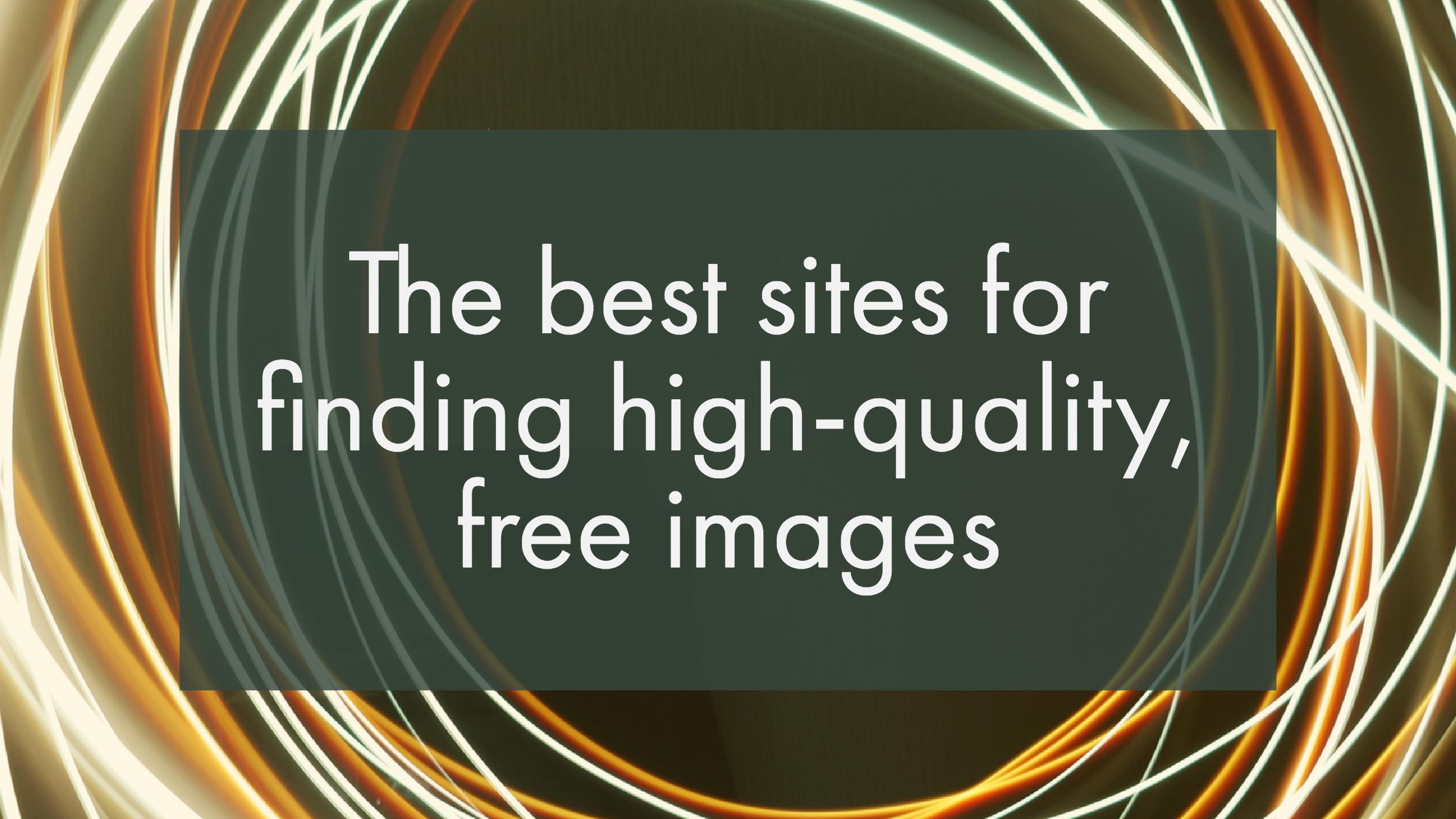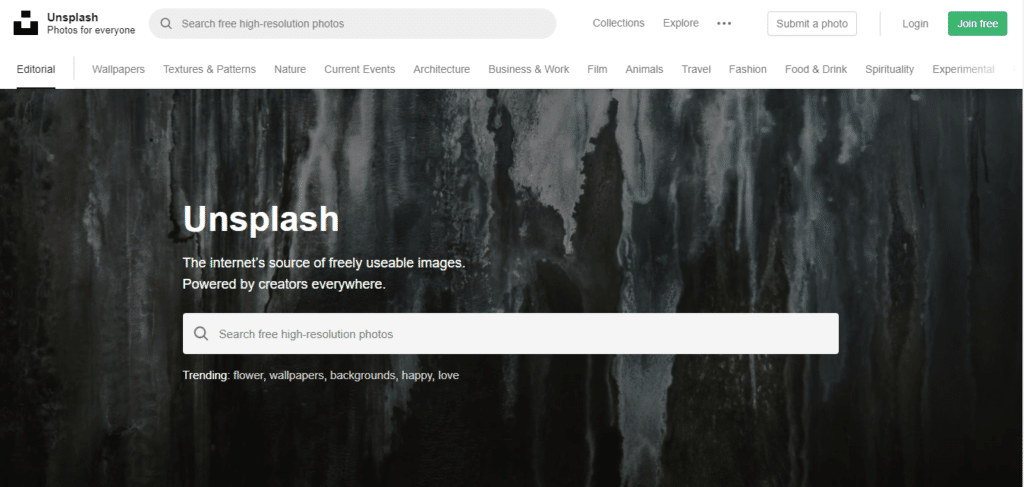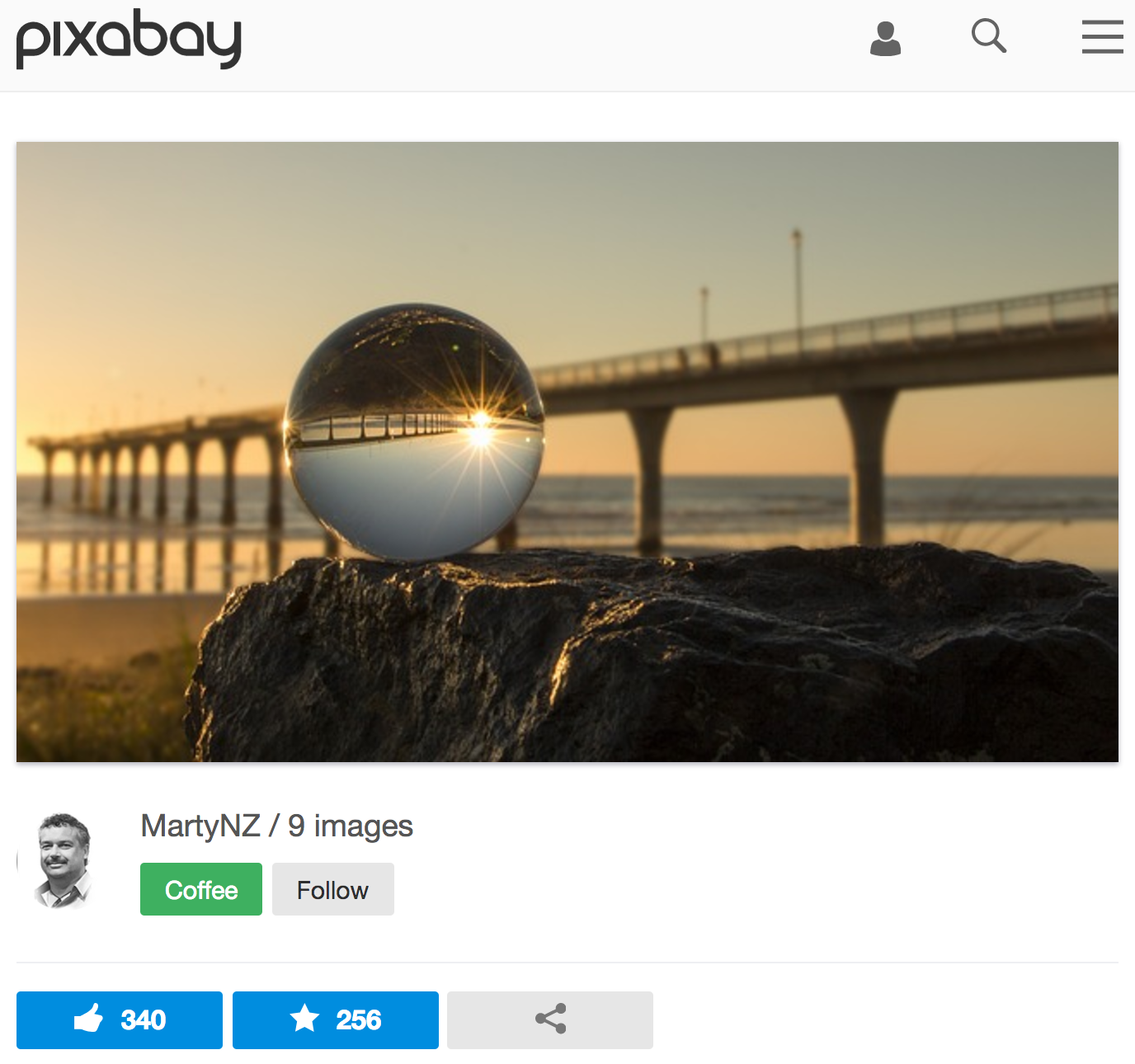If you're on the hunt for stunning, high-quality images without breaking the bank, you're in the right place! Alamy, a renowned name in stock photography, offers a treasure trove of free images that can elevate your projects. Whether you're a blogger, a small business owner, or a creative enthusiast, accessing these visuals is easier than you might think. Let's dive into how you can make the most of Alamy's free image offerings!
Understanding Alamy's Free Image Options

Alamy is celebrated for its vast library of millions of images. What many don’t realize is that Alamy also provides opportunities to access high-quality photos for free. Here’s a breakdown of how to navigate their offerings:
- Free Image Collections: Alamy curates specific collections that are available for free download. These collections often feature themed images, such as nature, travel, or historical events. To find them, simply visit their website and look for the “Free Images” section.
- Promotional Campaigns: Keep an eye out for Alamy’s promotional campaigns. They occasionally run special offers where users can download high-resolution images for free. Subscribing to their newsletter can keep you informed about these opportunities.
- Educational Resources: Alamy supports educators and students by providing a selection of free images for educational use. If you’re creating content for a school project or presentation, be sure to check out this option.
- Creative Commons Licensing: Some images on Alamy are available under Creative Commons licenses, meaning you can use them for free, often with just a credit to the photographer. Look for images tagged with this license for budget-friendly options.
When using Alamy's free images, it’s crucial to pay attention to the licensing terms. Each image may come with specific requirements regarding attribution or limitations on commercial use. Make sure to read the fine print to ensure you're compliant.
To get started, visit the Alamy website and use the search function. You can filter results to show only free images. This way, you can quickly find what you need without sifting through paid options. For example, if you’re looking for vibrant travel photos, typing “travel” and then filtering for free will reveal a selection that can add flair to your blog or social media posts.
Once you find an image you love, downloading it is a breeze. Just click the download button, and you’ll have a high-quality photo ready to enhance your project. And remember, sharing these images can also help support the photographers behind them, so consider giving credit where it’s due!
Also Read This: Printing Alamy Downloads: Tips for Professional Image Quality
3. Comparing Alamy with Other Free Image Sources

When it comes to sourcing high-quality images, Alamy stands out among a sea of options. But how does it stack up against other popular free image sources like Unsplash, Pexels, and Pixabay? Let’s dive in!
Image Variety: Alamy boasts a vast library of over 215 million images, providing a plethora of choices for various themes and subjects. While platforms like Unsplash and Pexels offer curated selections of stunning photographs, they might not have the same depth and breadth as Alamy’s extensive collection. For instance, if you’re looking for niche subjects like historical events or rare wildlife, Alamy is likely to have what you need, whereas others may fall short.
Quality Control: One of the significant perks of using Alamy is its rigorous quality control. The images go through a vetting process, ensuring that you get high-resolution, professionally taken photos. In contrast, free sources like Pixabay may not always guarantee the same level of quality, as anyone can upload images. This means you might encounter a mix of excellent and mediocre images.
Licensing and Usage: Alamy operates on a unique licensing model that allows you to use images for various purposes, including commercial projects. While free platforms typically offer images for personal use, Alamy gives you the flexibility to use images professionally. Just be sure to check the specific licensing agreements, as they can vary between images on Alamy.
Attribution Requirements: Unsplash and Pexels often don’t require attribution, making them convenient for quick projects. However, on Alamy, while attribution may not always be necessary, it’s good practice to credit the photographer whenever possible. This can foster goodwill and support the artists behind the images.
In summary, while Alamy might not be the first name that comes to mind when you think of free images, its extensive library, stringent quality controls, and flexible licensing make it a formidable contender. If you’re seeking high-quality, diverse images, Alamy is definitely worth exploring!
Also Read This: Finding Unique Christmas Decorations on Alamy Stock Photos
4. Tips for Finding High-Quality Images on Alamy

Navigating Alamy’s vast collection can feel overwhelming at first, but with the right strategies, you can quickly find the high-quality images you need. Here are some tips to enhance your search experience:
- Use Specific Keywords: Instead of generic terms like “cat” or “nature,” try using more detailed descriptions. For example, search for “Siamese cat lounging in sunlight” or “autumn forest in the morning fog.” Specific keywords yield more relevant results.
- Utilize Filters: Alamy offers various filtering options. Use filters to narrow down your search by image type (photo, illustration, vector), orientation (landscape, portrait), and even color schemes. This will help you pinpoint images that fit your vision.
- Explore Collections: Alamy showcases curated collections for different themes and occasions. Browse through these collections for inspiration and to discover images that you might not have thought to search for.
- Check Image Quality Before Downloading: Always preview images in a larger format to assess their quality. Look for sharpness, color accuracy, and overall composition. This step ensures you won’t be disappointed when you download your selected image.
- Stay Updated on Promotions: Occasionally, Alamy runs promotions or offers free trials for specific collections. Keep an eye on their website or subscribe to their newsletter to take advantage of these opportunities.
By applying these tips, you’ll be well on your way to discovering high-quality images on Alamy that elevate your projects and meet your creative needs!
Also Read This: List of LinkedIn Remote Jobs Worldwide
5. Legal Considerations When Using Alamy Images
When you’re diving into the world of stock photography, it’s crucial to understand the legal aspects surrounding image use. Alamy, renowned for its vast collection of high-quality photos, offers a wealth of visual content, but navigating the legal landscape can be a bit tricky. Here’s what you need to know to keep your project safe and sound.
1. Licensing Types: Alamy operates on a licensing model that grants you specific rights to use images. Most images fall under either Royalty-Free or Rights Managed licenses.
- Royalty-Free (RF): This means you pay a one-time fee and can use the image in various ways without paying additional royalties. However, there may still be restrictions on how many times you can use it or the contexts in which you can display it.
- Rights Managed (RM): This type of license is more restrictive and tailored to specific uses. You will need to negotiate terms based on how you intend to use the image, including duration, geography, and purpose.
Ensure you read the licensing agreements for each image. Not all images are created equal, and it’s vital to understand any constraints on commercial use or modifications!
2. Attribution Requirements: While many images on Alamy don’t require attribution, it's good practice to credit the photographer whenever possible. For images that do require credit, failing to provide it can lead to potential legal issues. Always check if the image has specific attribution requirements before using it.
3. Model and Property Releases: If your project features recognizable people or private properties, you might need model or property releases. Alamy provides images that typically include these releases, but it’s always wise to double-check. If you’re using an image for commercial purposes, not having these releases can lead to legal complications.
4. Copyright Infringement: Using an image without the proper rights could expose you to copyright infringement claims. Always ensure you have the correct licenses for your intended use. If you’re unsure, it’s better to reach out to Alamy’s support for clarification.
In summary, while Alamy provides a fantastic resource for finding free and high-quality images, understanding the legal implications is essential. By being diligent about licensing, attribution, and releases, you can minimize risks and focus on creating stunning visuals for your projects.
6. Conclusion: Is Alamy the Right Choice for Free Photos?
As we wrap up our exploration of Alamy as a source for high-quality free photos, it’s important to consider whether it aligns with your needs. Alamy's extensive library offers something for everyone, from bloggers to marketers, but let’s break down the pros and cons to help you make an informed decision.
Pros:
- High-Quality Images: Alamy is celebrated for its diverse range of stunning, professional-grade photos. Whether you need landscapes, portraits, or abstract imagery, you’re likely to find something that fits your vision.
- Diverse Options: With millions of images available, Alamy caters to various niches and styles. You can easily find specific themes or subjects that resonate with your audience.
- Flexible Licensing: The combination of Royalty-Free and Rights Managed options allows you to choose a license that best suits your project’s needs.
Cons:
- Cost: While some images are free or inexpensive, many high-quality images come at a price. If you’re on a tight budget, this could be a deterrent.
- Legal Complexity: The various licensing options and legal considerations can be daunting for newcomers. Familiarizing yourself with these aspects is essential to avoid pitfalls.
Ultimately, the decision to use Alamy should be based on your specific needs and resources. If you value high-quality imagery and are willing to invest time in understanding licensing, Alamy can be a fantastic choice. However, if you’re looking for completely free images with minimal legal fuss, you might want to explore other platforms that focus primarily on free stock photography.
In the end, whether Alamy is right for you depends on how you weigh these factors. Happy hunting for those perfect visuals!
 admin
admin








